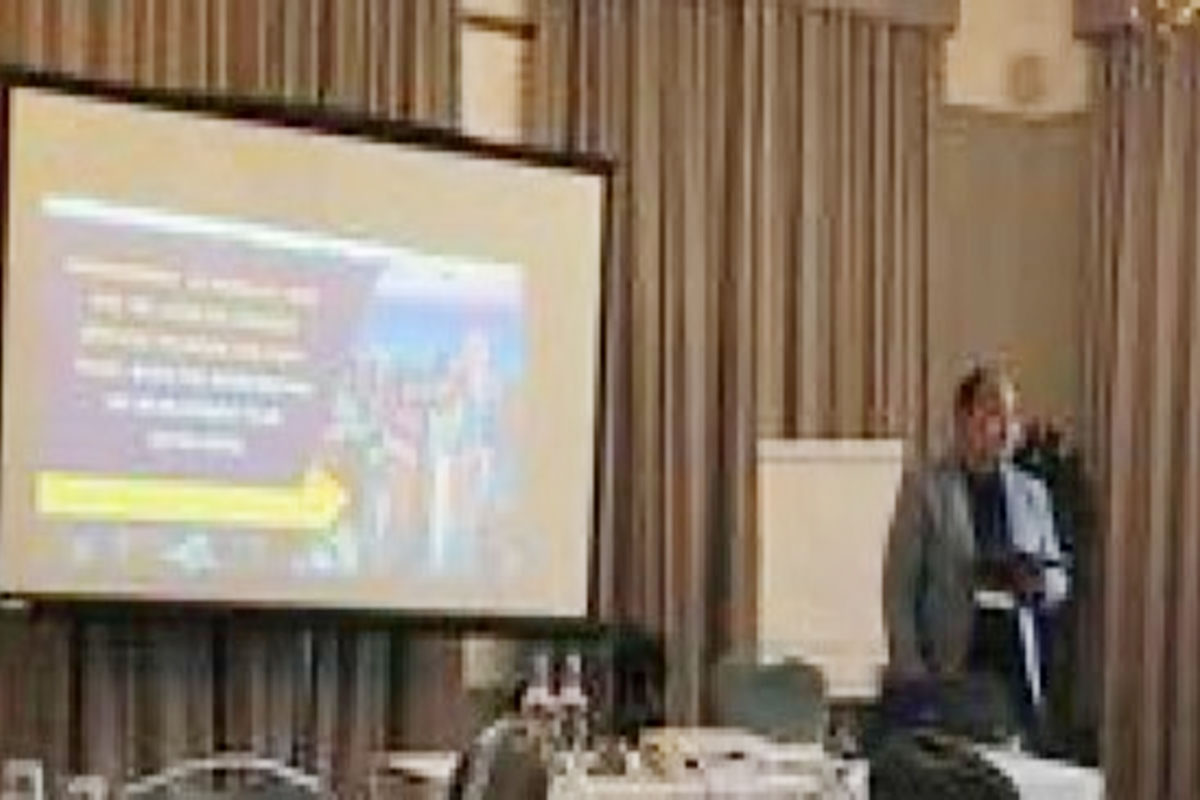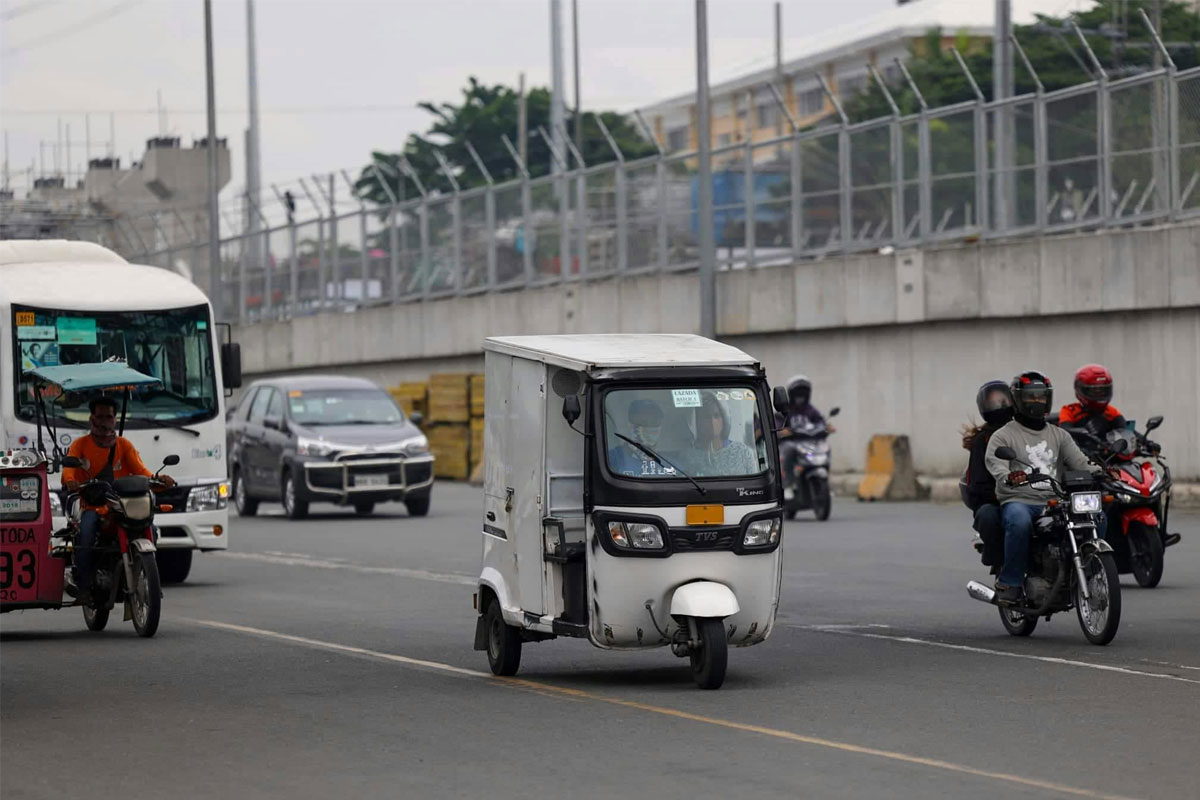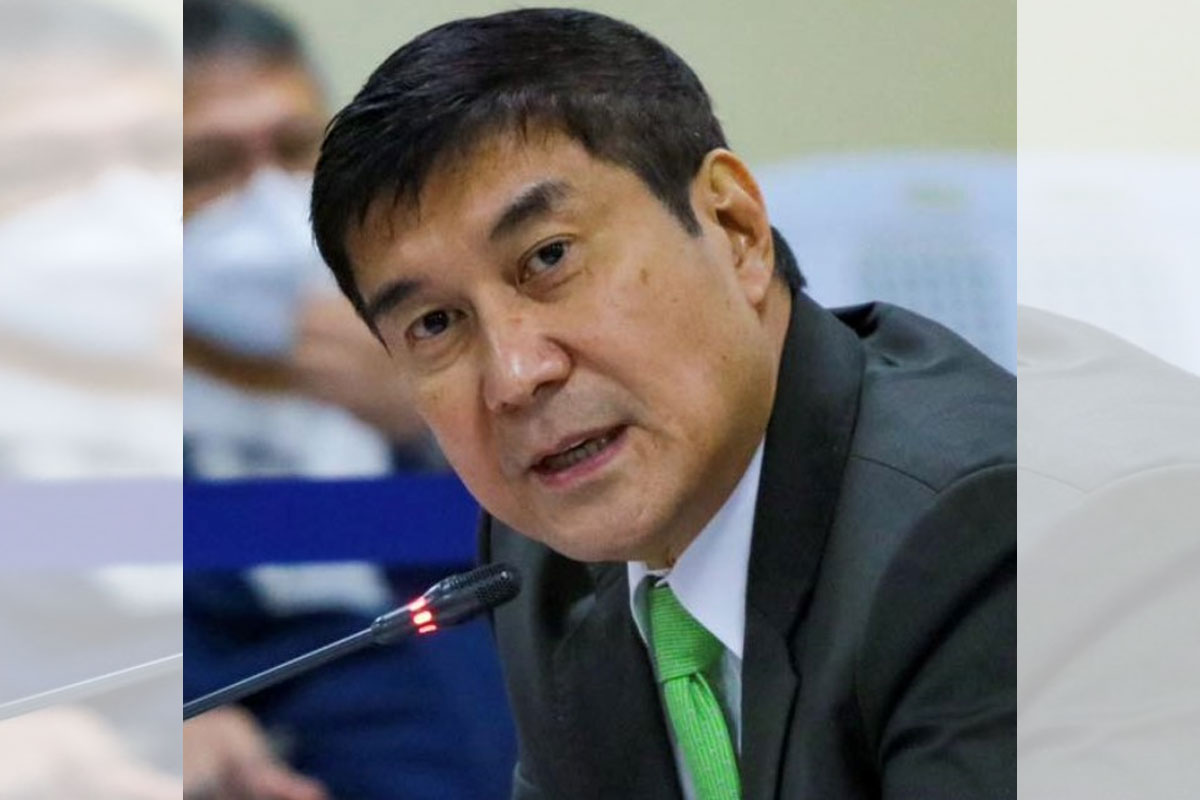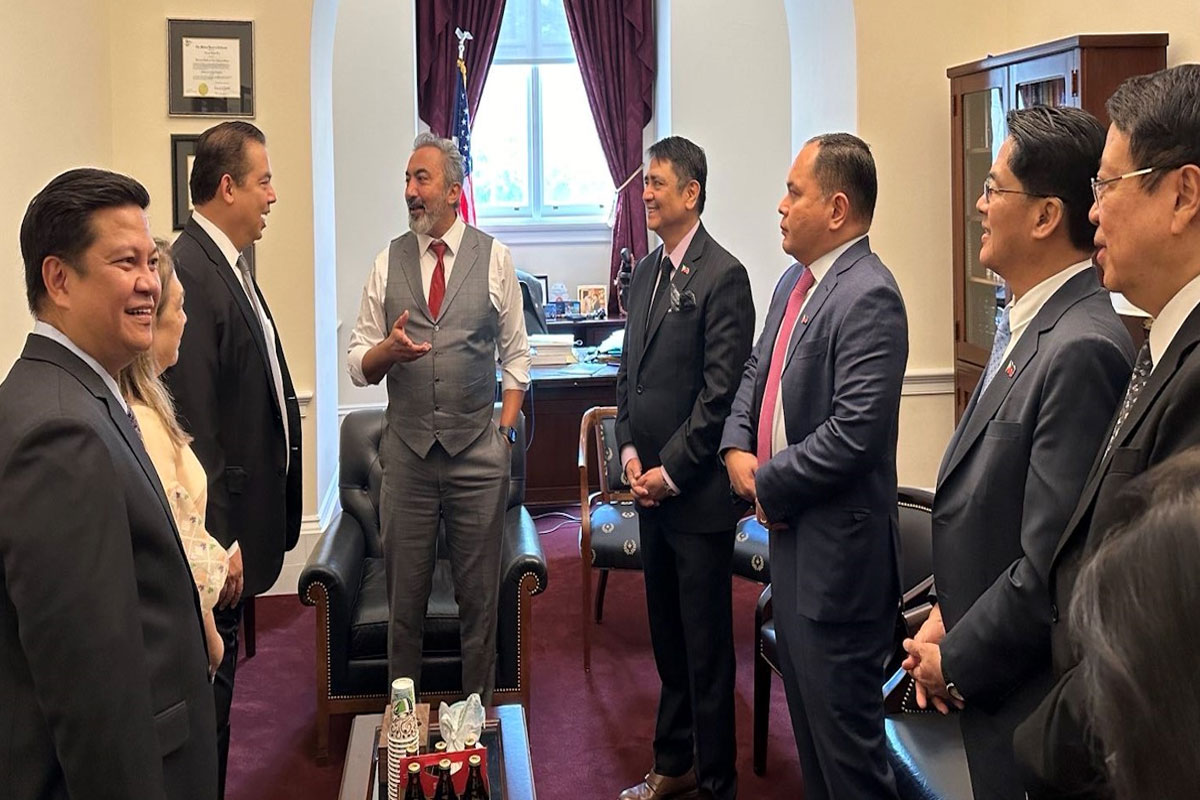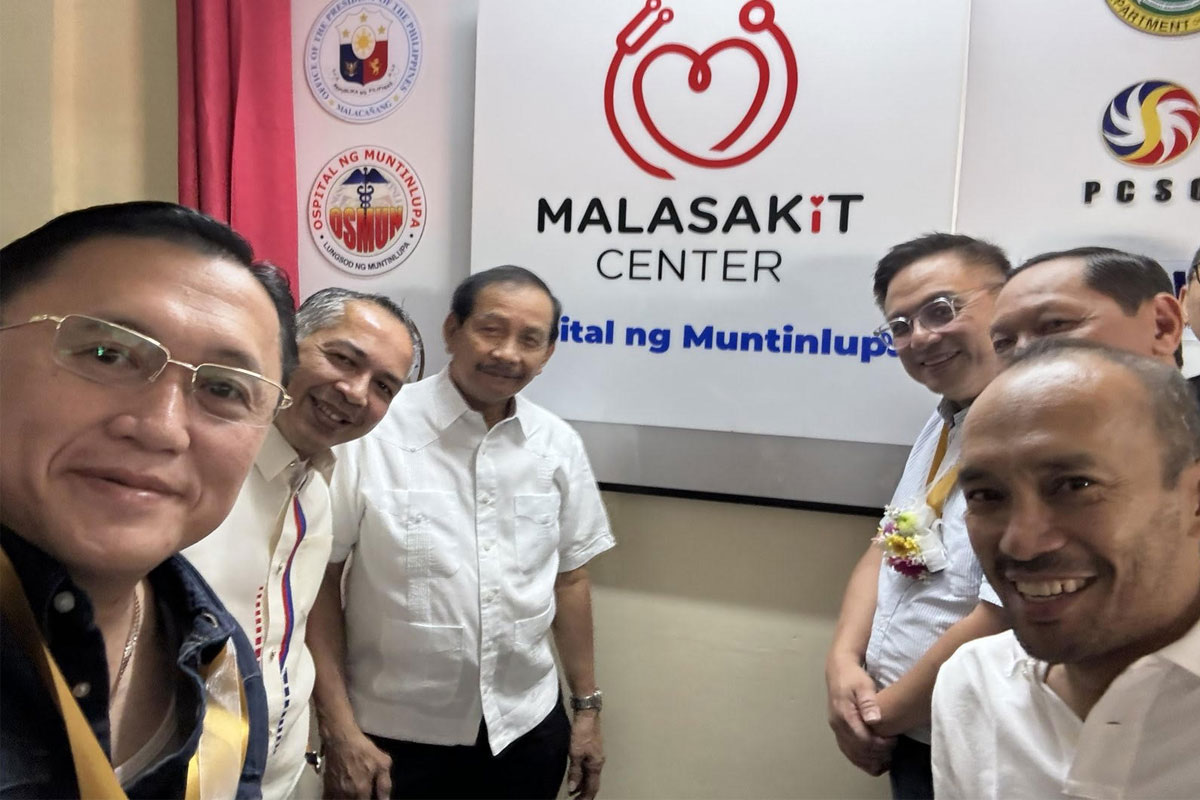
GMA’s SCTEX and Clark Airport driving development of Clark Freeport Zone
WHEN former President Gloria Macapagal-Arroyo set foot in Clark Freeport Zone late last year as the newly appointed Presidential Adviser on Clark Flagship Programs and Projects, it was a homecoming of some sorts.
The Clark Freeport Zone was after all her creation when she was President.
The crowd of officials and employees of the Clark Development Corp. (CDC) couldn’t hide their excitement when Macapagal-Arroyo, who also served as first woman Speaker of the House of Representatives, met with them in a meet-and-greet last December together with local government officials and businessmen.
The story of Clark Freeport Zone started during the administration of then President Fidel V. Ramos when he declared in a presidential proclamation that Clark will serve as the future site of a “premier” civilian international airport with a 14-million passenger capacity by 1998.
His plan, however, did not come to fruition as projected in 1998.
When Mrs. Arroyo assumed the presidency, she envisioned to make Clark not only a passenger hub for international travelers but a center for economic activity in Central Luzon. She paved the way for Clark airport’s rehabilitation and expansion to accommodate more than 2 million passengers annually. Its expansion was completed in 2008.
In order to attract more local and foreign investments in the area, she then signed into law RA 9400 which created the Clark Freeport Zone (CFZ) from the Clark Air Base which was separate from the then already existing Clark Special Economic Zone (CSEZ). Today, the two zones are sometimes collectively called the Clark Freeport and Special Economic Zone.
After more than 15 years, Mrs. Arroyo’s CFZ is not just home to a premier international airport but the site of tremendous economic growth that is expected to rival Metro Manila.
The main driver of such tremendous growth is not only the Clark International Airport but also the Subic-Clark-Tarlac Expressway (SCTEX), a 93.77 km-long expressway that was conceptualized, constructed and opened during the administration of Mrs. Arroyo.
It was built to provide a more efficient transport system between and among the growth corridors in Luzon, namely the Subic Bay Freeport, Clark Freeport Zone and the Central Technopark in Tarlac, Bataan, Metro Manila and Calabarzon.
It was funded under a loan agreement with the Japan International Cooperation Agency (JICA) which called the PhP34.1 billion project “the highest quality highway ever built in the country.” Two years after its opening in 2008, the SCTEX generated PhP625 million in toll revenues in 2010 alone with nine million vehicles passing the expressway.
The world-class airport facilities, reduced travel time and the opening of an efficient and reliable road network in and out of Clark due to the SCTEX have been seen as the reasons why foreign investments have flocked to Clark since 2008.
In 2020, according to the Philippine Statistics Authority (PSA), Clark recorded the highest increase in approved foreign investments at 19.6 percent with P245 billion in total investments.
The Clark Main Zone covers 4,400 hectares including the former Clark Air Base when it was designated a Freeport Zone in 2007. As it was expanded to cover other areas of Pampanga and Tarlac, the whole Clark development, including the CSEZ, is now a sprawling 32,000-hectare development, almost half the size of Singapore.
Today CFZ is composed of four major developments, the Clark Freeport Zone, Clark Global City, Clark International Airport and New Clark City.
Investors and tourists coming to visit CFZ are in awe at the magnificence it has turned into. Aside from the recently built sports complex at the adjoining future Clark City in Bamban, Tarlac that was the site of the 2019 ASEAN Games, it is now home to a modern Clark International Airport which has been expanded to accommodate 12 million passengers yearly.
These developments are on top of the many industrial complexes, economic and cultural developments, world-class hotels, educational and medical institutions and multi-national business centers, among others that had made Clark their hub in Asia.
And in this time of pandemic, Clark is being seen as one of the prime growth areas to affect economic recovery.
In her recent pronouncement, Mrs. Arroyo said rapid harnessing of the Clark-Subic service logistics corridor for jobs and investment is indispensable to national recovery as she asked the government, business movers, and shakers to turn Clark into Asia’s economic hub. “Let us join hands with government and business movers and shakers to turn Clark into Asia’s economic powerhouse in the 2020s,” Arroyo said.
It was Mrs. Arroyo who paved the way for the rapid development of Clark because she built the necessary infrastructure projects necessary to spur growth in the area during her presidency, the most prominent of which were the Clark International Airport and the SCTExwhich were built with an effort not just to connect Subic to Clark and the rest of Central Luzon but also to speed up trade, create industries and promote tourism in the area.
Mabalacat City Mayor Crisostomo Garbo affirmed CDC’s statement saying “(o)one of the lingering legacies of Arroyo was the SCTEX that linked the growth centers of Clark and Subic. Garbo, who also chairs the Metro Clark Advisory Council, said “her (Arroyo’s) kabalens are extremely happy knowing that her wisdom and compassion would complement the vision of Clark and its neighboring local government units.”
Despite the onset of Covid-19 prospects for growth at the special economic zone remained high and contributed to the country’s growth. The construction boom in the area lifted investments in the process that harnessed the rapid growth not only of Pampanga but the rest of Central Luzon.
While the worst is not yet over for the Philippine economy which is still reeling from fresh lockdowns in NCR and some parts of the country, CFZ and the rest of Pampanga contributed at least 0.2 to the GDP last year. This means that despite being affected, CFZ and the rest of Pampanga appeared to have weathered the ongoing crisis.
Looking forward, the next administration’s challenge is to recover economic growth by continuing the flagship infrastructure programs with high yielding economic benefits especially in Central Luzon and concentrate on building the manufacturing sector, boosting tourism, restructuring the agriculture sector and improving the condition of workers, among others.
And GMA’s SCTEX and the Clark International Airport will continue to be the driver for recovery efforts post-Covid and expansion potentials of the growth corridors. By Eric Garafil


